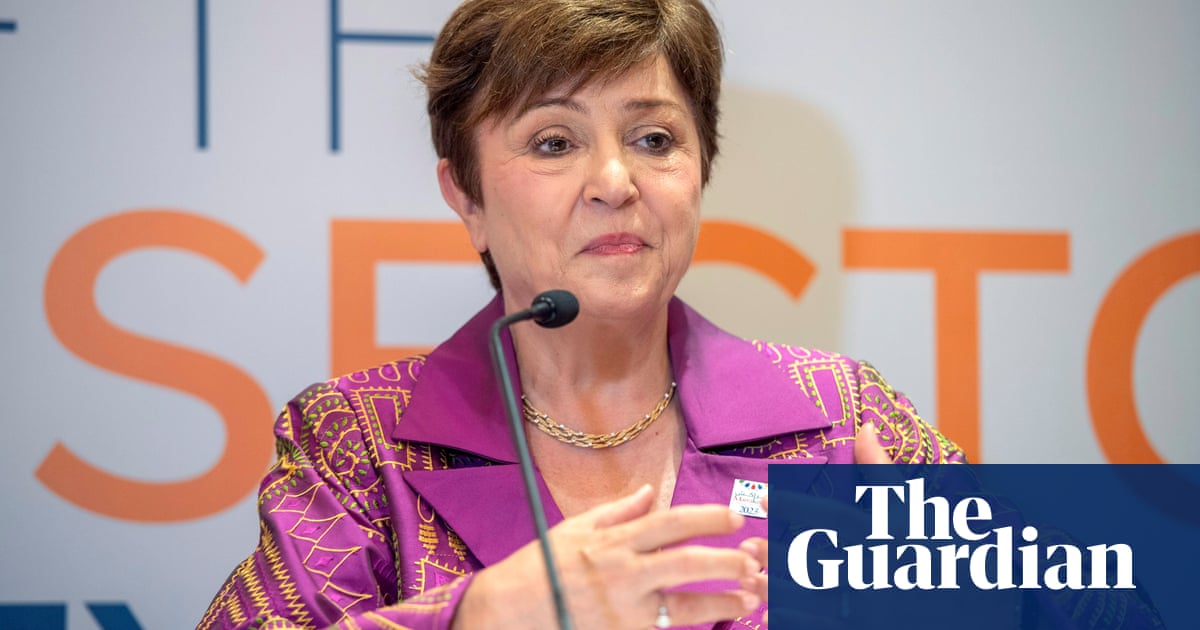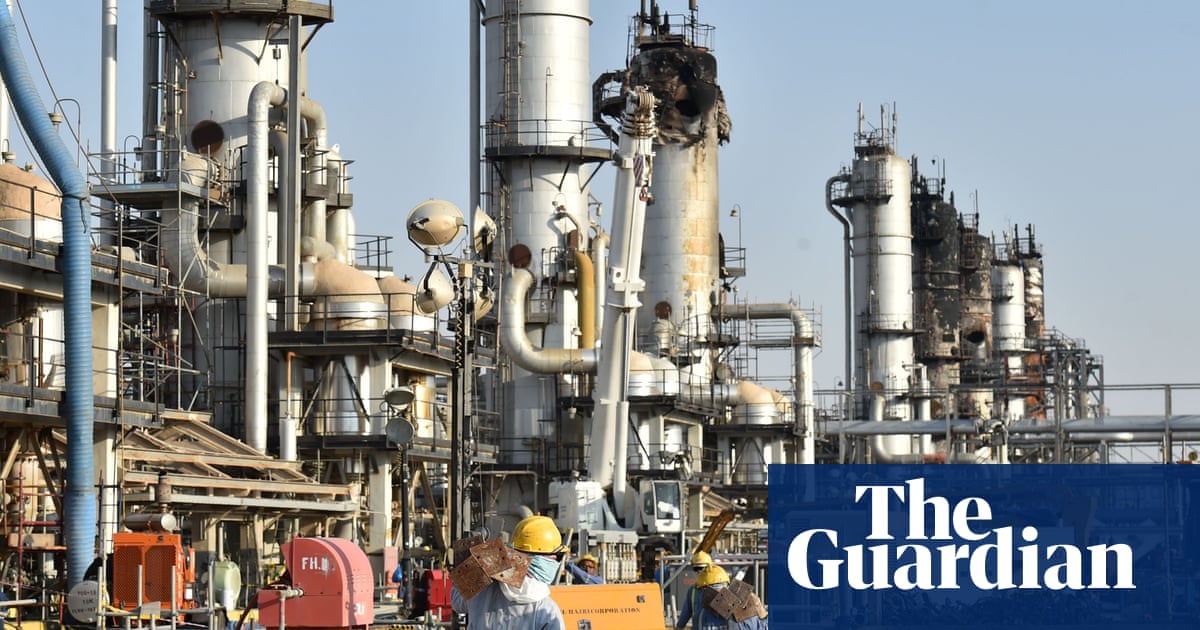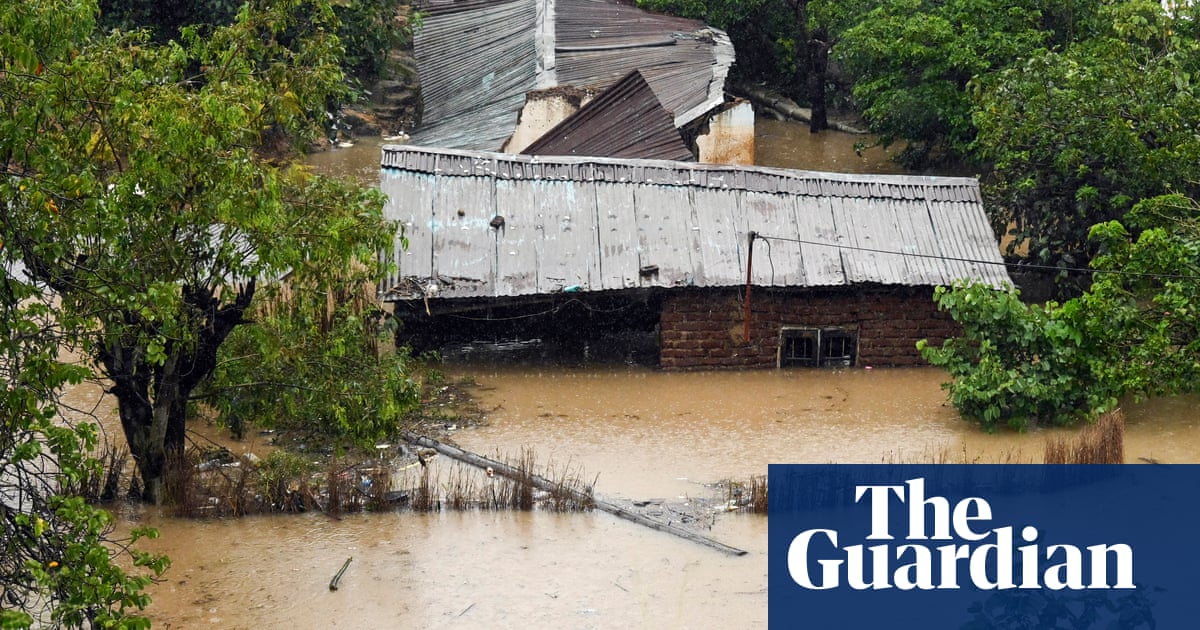
Billions of dollars are being loaned on high-interest terms to poor countries seeking help to cope with the impacts of climate breakdown, according to an Oxfam report.
The loan terms risk storing up debt burdens lasting far into the future, the charity says.
Poor countries are reported to have received about $60bn (£45bn) of climate finance from rich governments and publicly funded institutions in 2017-18, the latest year for which reliable data is available. Oxfam estimates that the amount that actually reached them was more like $19bn to $22.5bn when interest, repayments and other costs are subtracted.
The world’s least developed countries received $3.2bn in loans in 2017-18 to help them with the costs of adapting to the ravages of the climate crisis, according to Oxfam, which analysed data from the UN and OECD.
Tracy Carty, a senior climate change policy adviser at Oxfam, said: “We are concerned that poorer countries are being forced to take out loans to protect themselves from the excess emissions of rich countries. These are the countries that have done least to cause the climate crisis.”
Climate finance is money in the form of grants, loans and other assistance from the rich world to developing countries to help them invest in ways to reduce their greenhouse gas emissions and to help them adapt to extreme weather and other effects of global heating.
Under international pacts stretching back to 2009, rich countries agreed that at least $100bn a year of climate finance should flow to the developing world by 2020. Delays in gathering data mean that judging whether that goal is met will take until about 2022, but estimates have shown that the target is broadly on track.
There is no agreed definition of climate finance, however, and the $100bn-a-year goal can take in private-sector flows, such as company investments in renewable energy projects. There is also little way of judging whether these totals are outweighed by investments in high-carbon infrastructure, such as coal-fired power plants.
Oxfam’s report, published on Tuesday, says 80%, or about $47bn, of all reported public climate finance was in the form of loans, not grants. Of this, about half ($24bn) was non-concessional, which means loans were offered on ungenerous terms.
About a quarter of the total funding was devoted to improving countries’ resilience against climate-related problems, and about two-thirds went to helping cut emissions. About a fifth of the funding went to the world’s least developed countries, and only 3% went to the world’s small island developing states, which face inundation from rising sea levels and storm surges.
Climate finance is likely to be a key issue at next year’s Cop26 climate summit, due to be hosted by the UK in Glasgow, where one of the discussions will be on article 9 of the Paris agreement, which covers how climate finance should be provided to poor countries. No new commitments to raise the $100bn-a-year target are expected before 2025, but poor countries are being asked to submit national plans for reducing emissions at Cop26, and in return they are likely to want assurances from the rich world that financial assistance will be available to help them to do so.
Some campaigners have called for debt relief for developing nations to be discussed, in light of the effects of the Covid-19 pandemic and the climate crisis.
A spokesperson for the World Bank said: “The World Bank Group does provide concessionary loans to client countries at lower than market rate. These count towards our climate finance, as do grants. We do not count interest payments and other fees as climate finance, as they are considered the cost of accessing [development bank] financing, not the climate finance itself. Counting interest payments would give an inaccurate and inflated figure of the climate finance actually provided.”
Rémy Rioux, the chief executive of the French Development Agency, said the $100bn-a-year investment flows were necessary but not sufficient to deal with the magnitude of the climate crisis, because global investment flows amounted to $20tn a year, most of which is not “green” or “climate-proofed”. The French government will hold a conference, called Finance in Common, next month to gather public development banks from around the world and call on them to incorporate climate finance into all of their spending.
“We must ensure that all financial flows be aligned with the Paris agreement and the UN sustainable development goals, and not merely grants from the north to the south,” Rioux said. “That’s the magnitude of the investment flows that must become greener and more socially sustainable. And this global goal must primarily be translated into the domestic agendas.”












